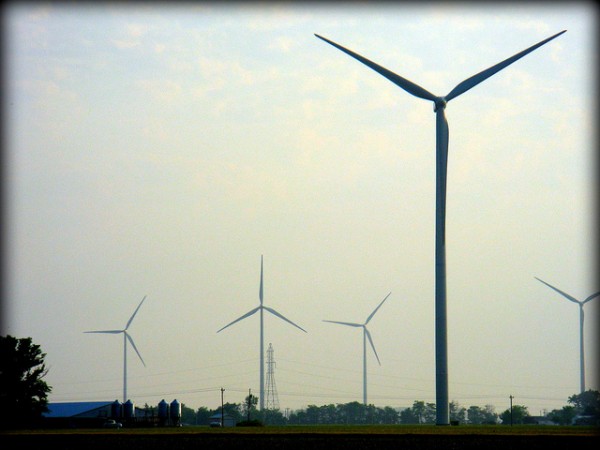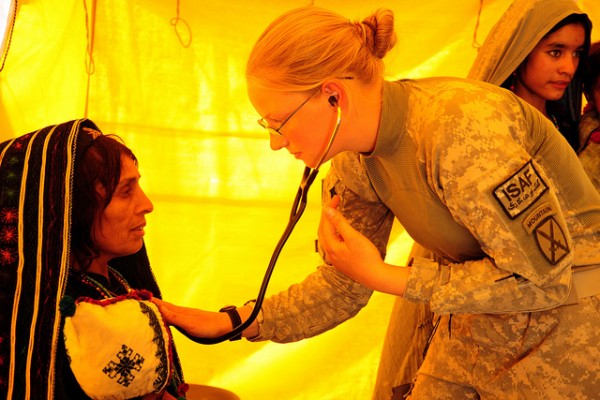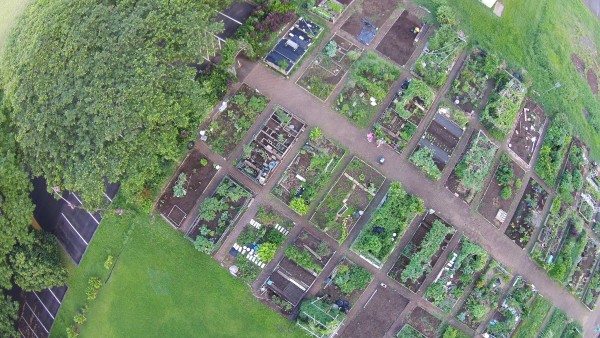
Climate policy advocates want to increase public support for renewable energy. Because renewable energy is a low-carbon source, substituting it for coal in electricity generation can help reduce carbon emissions in the United States. This approach gains credibility with experts and advocates as the cost of renewable electricity generation declines and renewable portfolio standards spread in U.S. states. Following President Obama’s August 2015 announcement of his Clean Power Plan, the various U.S. states gain important responsibilities for planning and implementation. We can expect to see more campaigns in the states to boost the use of renewable energy in the American power sector. In Paris, recently, the United States pledged to lower carbon emissions, and public support will be needed to make sure this promises is actually met.
Advocates frame renewable energy in ways they hope will appeal to the broader public, calling it a home-grown source that avoids pollution and never runs out. Wind and solar power are touted as clean and abundant resources that can help make America “energy independent” and create “green jobs.” As the Natural Resources Defense Council puts in on its website, this kind of electricity “comes from natural sources that are constantly and sustainably replenished. The technologies featured here will make our families healthier, more secure, and more prosperous by improving our air quality, reducing our reliance on fossil fuels, curbing global warming, adding good jobs to the economy and – when they’re properly sited – protecting environmental values such as habitat and water quality.”
Such positive arguments are not the end of it, however, because opponents of electricity generation from renewable sources are bound to have their say in a democratic setting. Opponents warn the public that using renewable sources will increase electricity prices make supplies unreliable, because the sun does not always shine and the wind does not always blow. Conservative consultant Rupert Darwall declared in The Wall Street Journal that electricity generation from renewables “does not produce jobs, growth or prosperity.” more...




 Research to Improve Policy: The Scholars Strategy Network seeks to improve public policy and strengthen democracy by organizing scholars working in America's colleges and universities. SSN's founding director is Theda Skocpol, Victor S. Thomas Professor of Government and Sociology at Harvard University.
Research to Improve Policy: The Scholars Strategy Network seeks to improve public policy and strengthen democracy by organizing scholars working in America's colleges and universities. SSN's founding director is Theda Skocpol, Victor S. Thomas Professor of Government and Sociology at Harvard University.